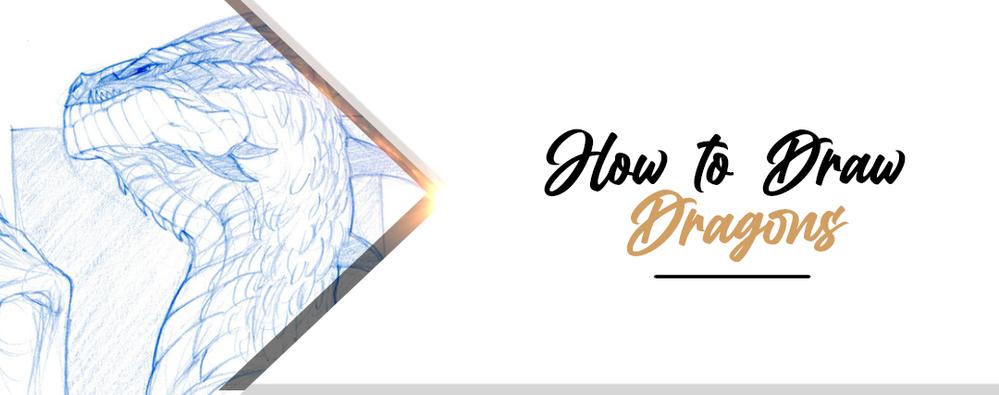
Artist Lindsey Alvord shares her tips for creating fantastic dragons from your imagination. With these tips for drawing each part and referencing real animals to give your creations credibility, you’ll be designing your own creatures in no time!
So, you want to draw dragons, but you don’t know where to start?
That’s not a problem, after all, we all have to start somewhere!
I thought it would be fun to share my thoughts on these mythical beasts, as well as my approach to drawing them. Please keep in mind that this is my drawing method. You don’t have to draw them this way if you don’t want to. After all, your dragons are a unique creation of your imagination!
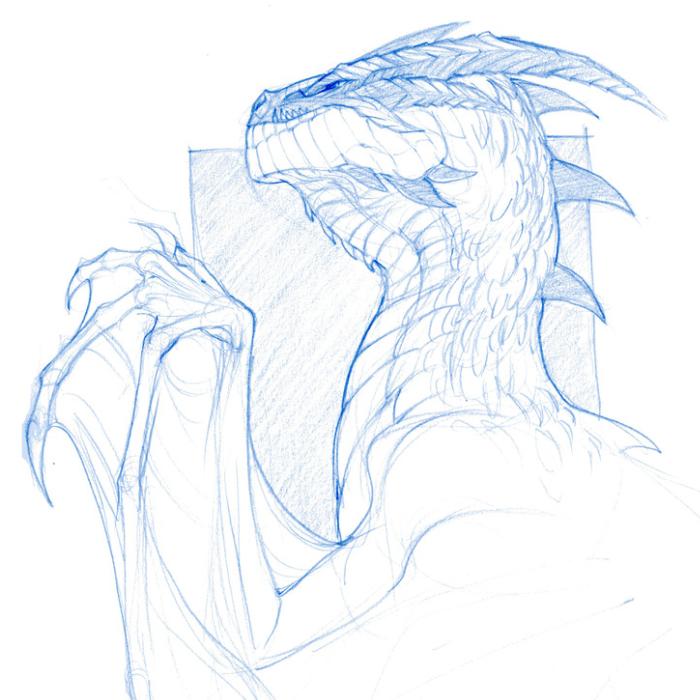
Step 1: Where to take inspiration for your Dragon Drawing
Since dragons don’t exist in reality, it’s natural to wonder what land animal you can base your drawing on. Here are some options.
For me, they usually consist of a combination of several animals that have existed, as well as many animals that are alive and well today. There are a variety of references around, if you know how to use them.
Dragons with wings can be difficult to draw, but bats have a perfect wing structure to build on. Their hands are essentially what allows them to fly; if you look closely, the ligaments on their wings look like long, slender fingers.
Cranes are another animal you can rely on for guidance. I mostly look at birds to see how their heads and necks connect. Birds, in general, serve as a very good reference for drawing a dragon in its entirety.
Dragon Anatomy as a reference
When I look at dragons, I immediately think of reptiles. That’s why I look at a LOT of reptiles for reference.
I don’t leave any type of reptile out, whether it be lizards, snakes, turtles, etc.
They allow me to determine the basic look, eye position and texture.
And of course, it’s important not to forget to look at dinosaurs!
Step 2: Assembling the body of the Dragon
Now that I’m armed with a variety of references, it’s time to put them into practice by designing a believable creature.
Since dragons can be literally anything, establishing an accurate design can be daunting at times. Without boundaries, things can get a little crazy and you can even get lost in the execution of your design, asking yourself constant questions and wondering which direction you’re headed. Using some basic shapes and your heap of references should be enough to get you back on track to position all the elements of your design.
Here are a few examples of ways I start drawing a dragon. I explore the design of different types, not just European dragons.
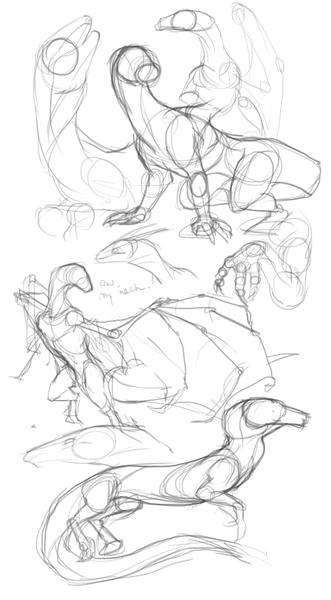
I combine a lot of knowledge with my basic drawing forms, such as muscles, joints, etc. Also, I find that the way the head is connected to the neck is very important.
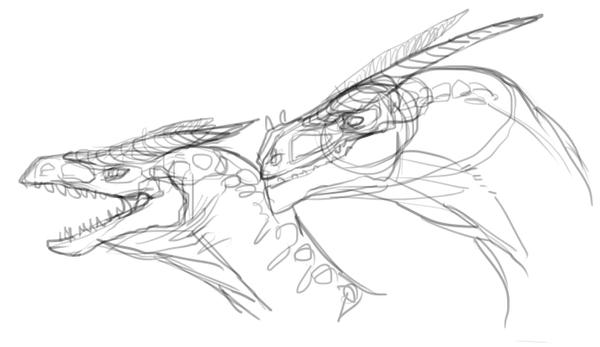
There is fat, skin folds, bone material, as well as invisible things that go under the skin. The neck has to be substantial to keep that massive head up!
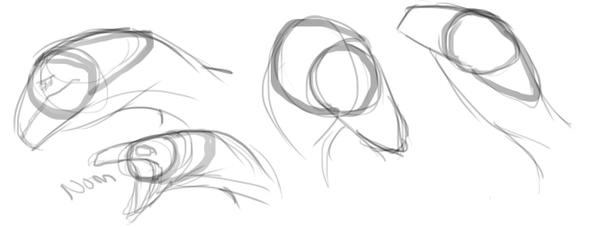
You can make the dragon look threatening, docile and even a little confused. These different emotions can be created by manipulating the position of the neck and head.
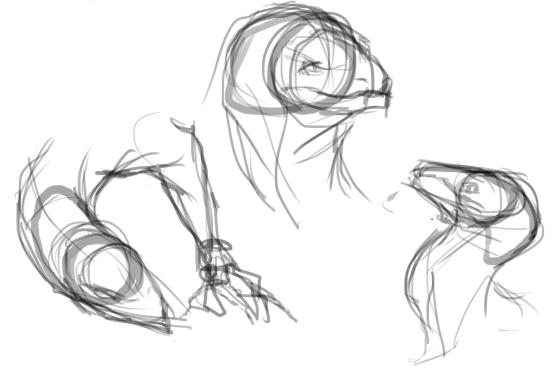
Putting the head on the body can be a challenge in some cases. Try to keep real animals in mind when assembling your dragon. Even human anatomy can help. I usually place the neck over the rib cage.
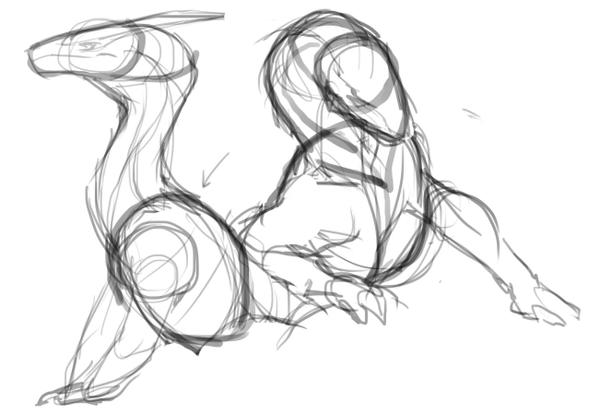
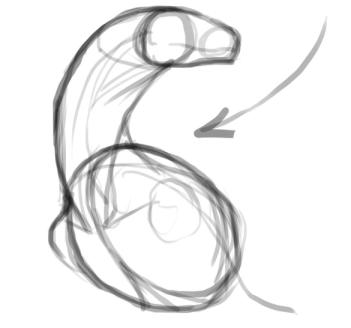
Step 3: Adding the limbs to your Dragon Drawing
Limbs can be just as unique as the dragon you’re drawing them for, and just as annoying to trace to make sure they fit the beast. Using your real-world references can add some punch to your illustrations. The claws, talons and wings are my favorite parts.

I’m one of those people who likes to give my dragons a theme. What I mean by that is that I try to give the dragon I draw a specific look. In the case of this dragon, it maintains a slightly European dragon look, but with a few special touches. Lately, I’ve been trying to create a dragon that looks like a jungle lord. With that in mind, I’m drawing him limbs that match that theme.
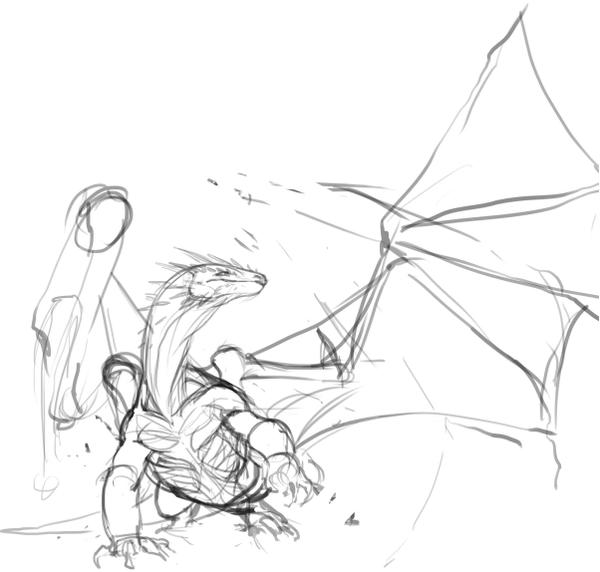
A rather unique problem with drawing dragons is that if you want to give them arms, legs and wings, you have to create a unique anatomy, because you are essentially adding a third set of limbs. This makes building their anatomy an interesting challenge. Technically, you could just glue wings onto a dragon that already has four limbs and consider yourself done, but…

I like to draw with the idea that I am creating a humanoid monster with extra limbs. A dragon needs muscles and tendons to move its wings; experiment with your own ideas and you might be surprised at the results you get.

Step 4: The Crest of your Dragon Drawing
Many dragons share this distinct feature: horns. Horns on real animals tend to be part of the skull and consist of a piece of bone that extends beyond the skin. So do nails, claws and spines. So you can go wild by developing the crest of your dragons. You can opt for two traditional horns, but why limit yourself to that?

Step 5: Assembling all the elements of the Dragon Drawing
Now that you’ve read all this information, how are you going to assemble your mythical creature? I’m not going to lie, it takes practice to do this. You also need to have an eye for design. Here, I’ll explain how to get from point A to point B.
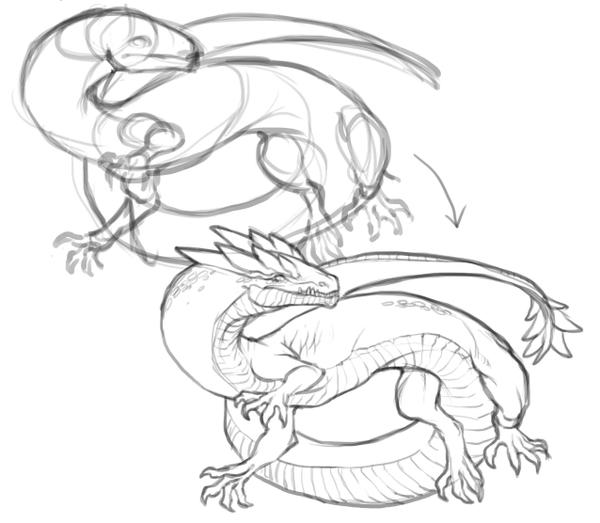
You probably won’t get the results you want unless you know the different muscle and bone structures. Understanding how arms and legs move, as well as how bones can create particular, sharp angles, will allow you to eventually draw more sophisticated dragons. Imagination is a great thing, but it doesn’t necessarily take long before you lose control and things get a little too “unbelievable.” Knowing when and how to use the tools at your disposal is what separates beginners from veterans.
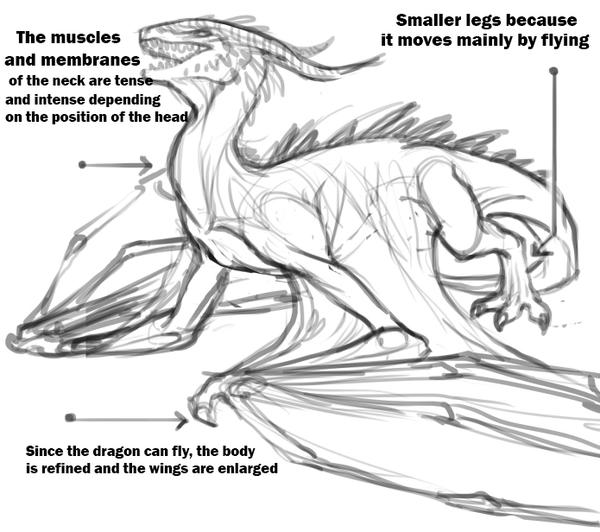
The more you practice, the more you’ll have the ability to create dragons that push the boundaries of traditional style.

Having a list of what the dragon can do usually helps me design its look. I will use my jungle dragon design as an example.
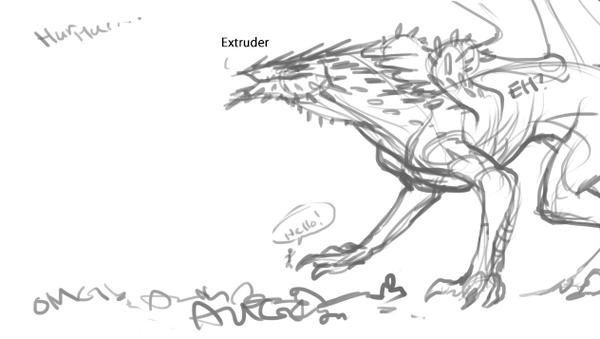
It’s time to use all the material described in this article to assemble your dragon.
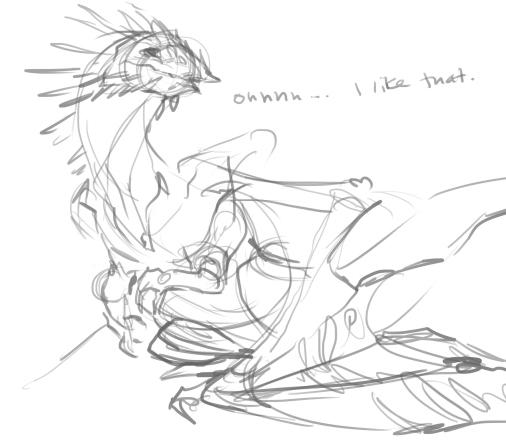
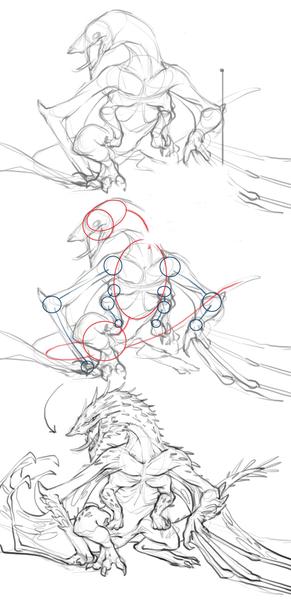
These are just a few examples of what you can do.
Don’t be afraid to explore and try different things, as well as take a look at what other artists have created.
You will find some pretty crazy and amazing dragons!
I’ve had a lot of fun (and sometimes some trouble) emulating my favorite artists.
You can learn a lot from your inspiration sources.
I hope you found this article helpful. Good luck with your future drawings!
